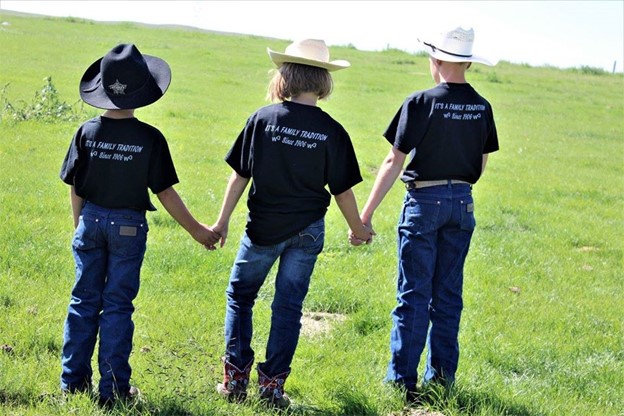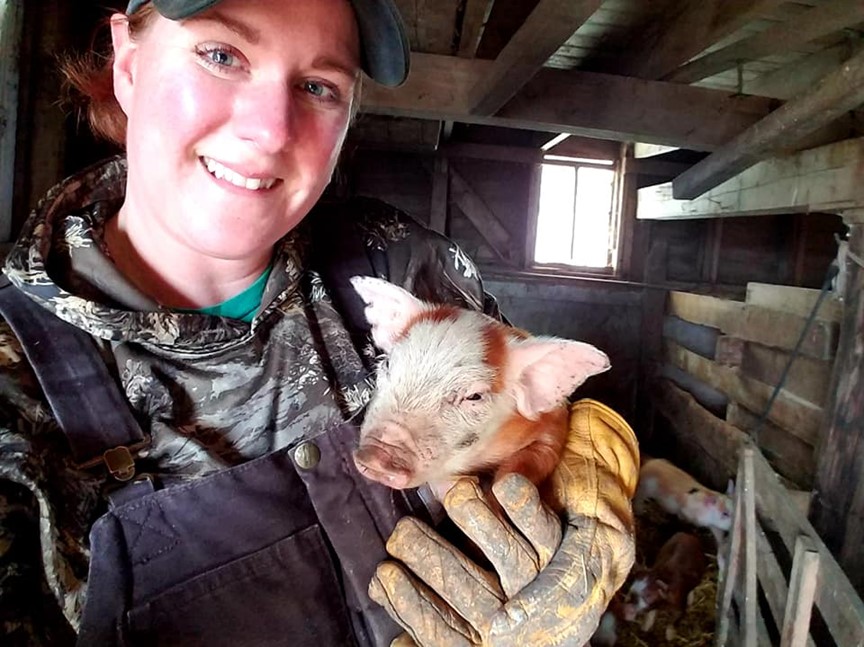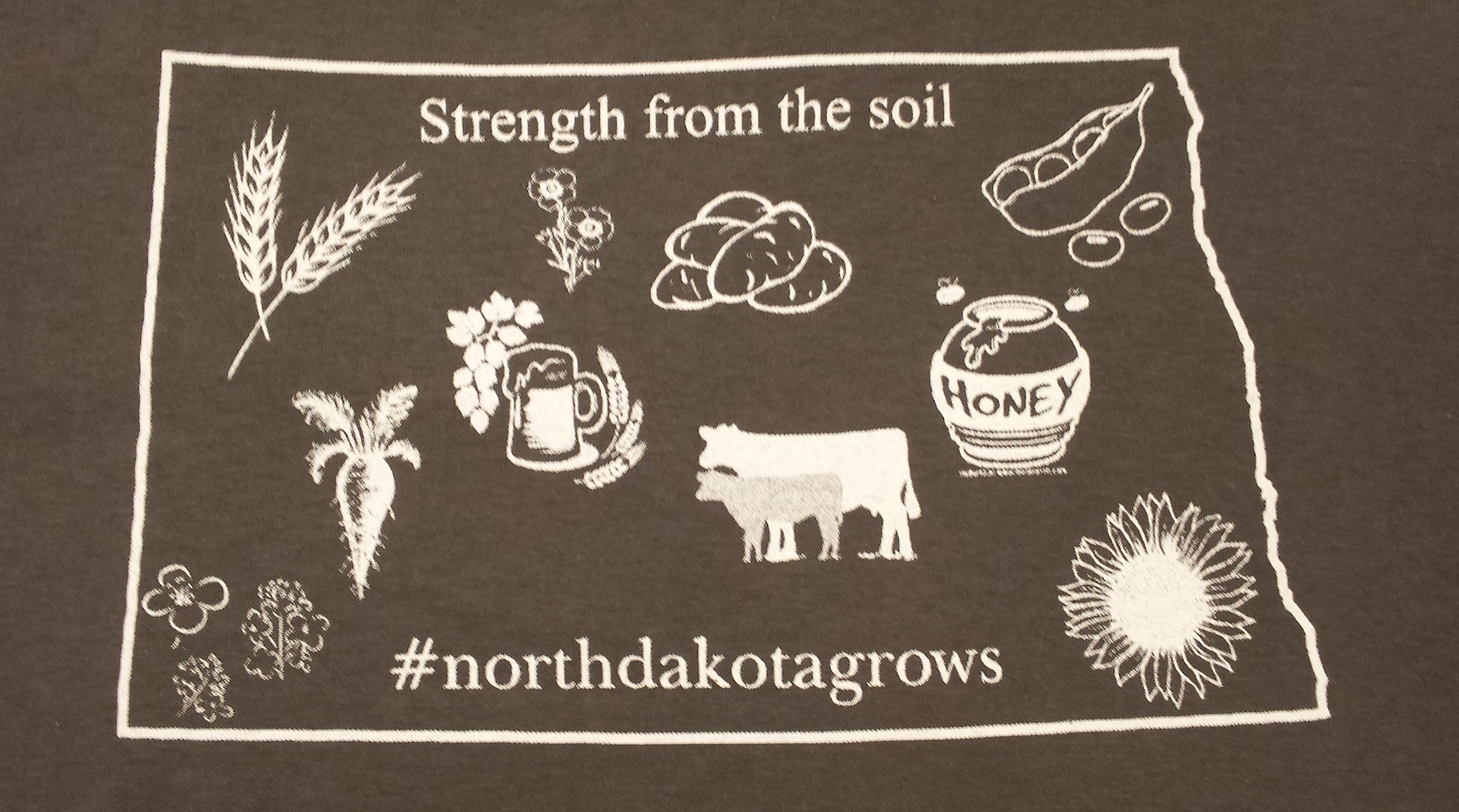by Heather Lang
The story of the newly married couple and their dream of continuing the family farming legacy is a tale of determination and resilience in the face of challenges. With a deep-rooted belief in living off the land and improving it for future generations, they encountered obstacles such as limited land availability and the need to manage it for multiple family members. That couple is us. This is our story.
Soil is the foundation of productive, sustainable agriculture. Over 20 years ago, we implemented no-till practices to help improve the soil and reduce our fuel costs. We were cautioned against running cattle or other ruminant animals on the no-till fields to avoid compaction and the impact of their hooves. Our family farm was founded on cattle, specifically Simmental cattle, so they have been a major part of our 5th generation ranch.

Even though my husband and I don’t own cattle, his brothers and father do, and we all operate off the same land. Cattle would be incorporated. With one of the brothers specializing in Ag Business Management and focusing on soil health, the brothers were determined to work together to increase soil health for generations. Implementing climate-resilient agricultural practices such as cover crops and rotational grazing gave us tremendous capacity to decrease emissions and sequester carbon dioxide in the soil. Integrating livestock with cover crops has been a major part of our long-term soil health success.
When it comes to agriculture's impact on our environment, there are often myths and misconceptions that can cloud the conversation.
It can be frustrating when prominent figures highlight agriculture as a significant contributor to climate change. However, it's essential to approach this issue with an open mind and consider the facts.
MYTH: Agriculture is the leading cause of climate change.
FACT: Agriculture’s contribution to climate change is minimal. Agricultural greenhouse gasses come in at 10%, which is very modest compared to electricity responsible for 25%, transportation at 28% and industrial sectors at 23%.
Agriculture can be a major part of the climate solution and, in the process, improve rural communities, the health of our soil and water, and the lives of those who work on farms and ranches.
MYTH: Soil has no role in climate change.
FACT: Soil has everything to do with the climate! At our farm, we not only monitor and manage the soil health closely, but we help increase the net carbon storage which increases the amount of photosynthesis. We plant hundreds of trees each year, use cover crops, and practice no-till conservation tillage practices. Studies have shown that fields managed using no-till for multiple years generally have a higher water-holding capacity, reduce soil erosion, increase soil biological activity, and increase soil organic matter.
Agriculture is unique among sectors in its ability not just to decrease its climate impact, but also to sequester carbon to help the climate footprint of other sectors as well.
To follow our story and journey, I invite you to follow us on Instagram @ndpiggytales.
 Heather is the former NDFB District 7 Promotion and Education Committee member and is also a former American Farm Bureau Federation P&E member. She currently serves as the president of Burleigh County Farm Bureau. Heather and her husband, Lucas, raise animals and crops on a 5th generation farm near Bismarck.
Heather is the former NDFB District 7 Promotion and Education Committee member and is also a former American Farm Bureau Federation P&E member. She currently serves as the president of Burleigh County Farm Bureau. Heather and her husband, Lucas, raise animals and crops on a 5th generation farm near Bismarck.
